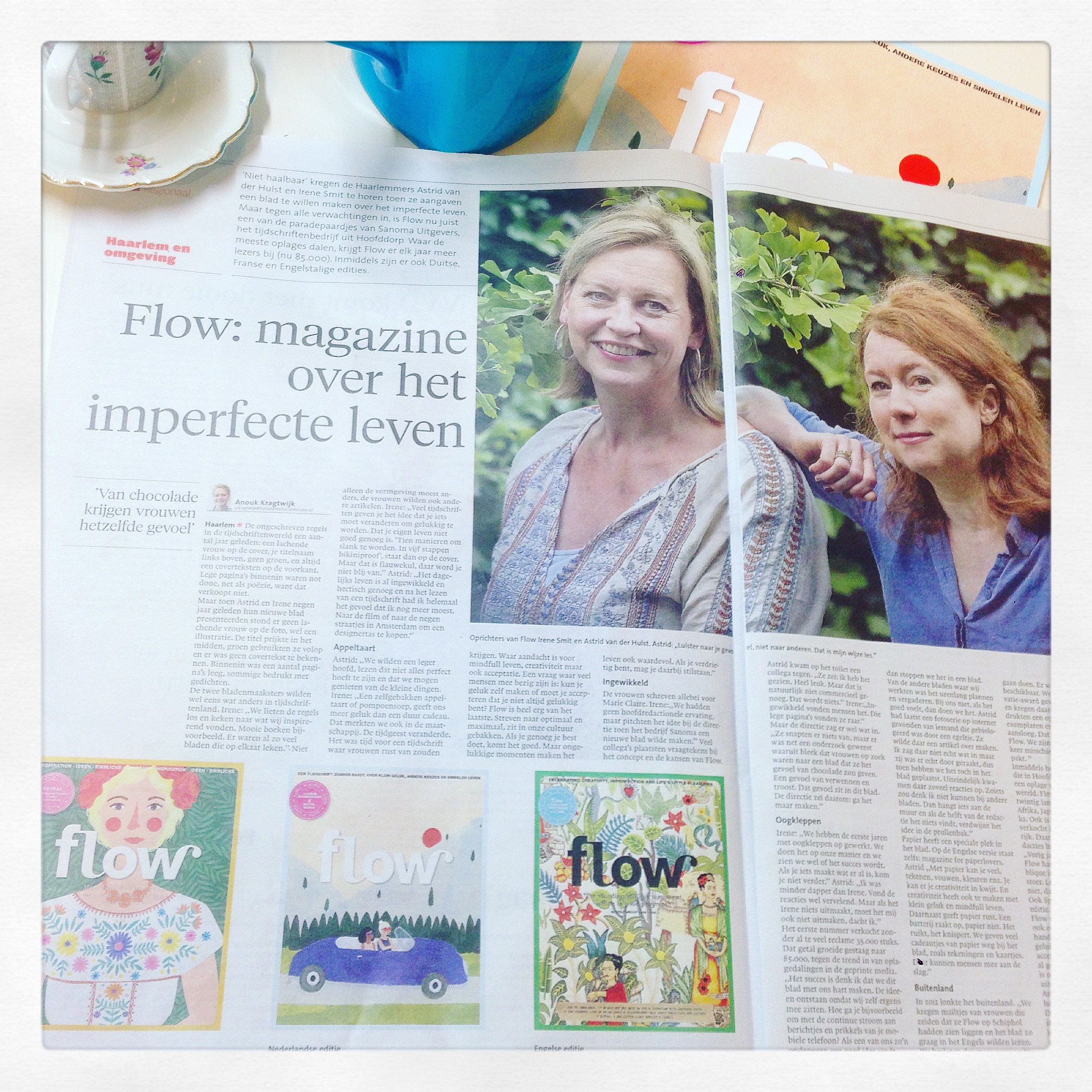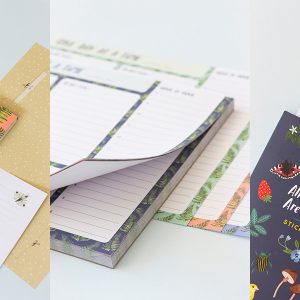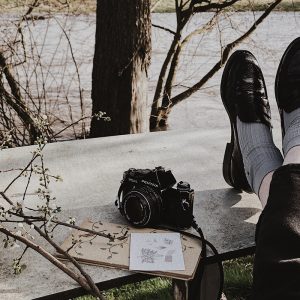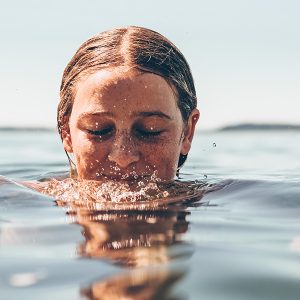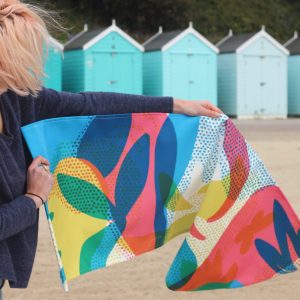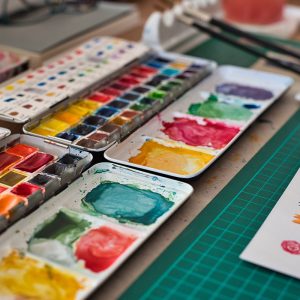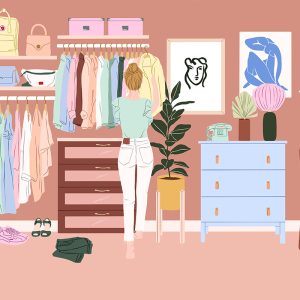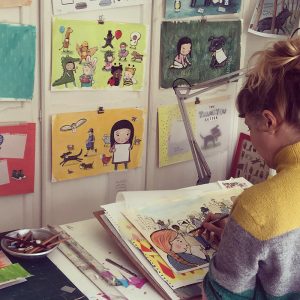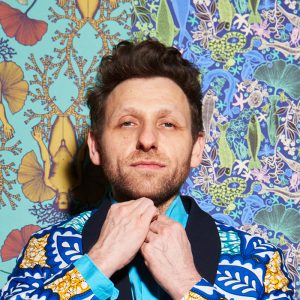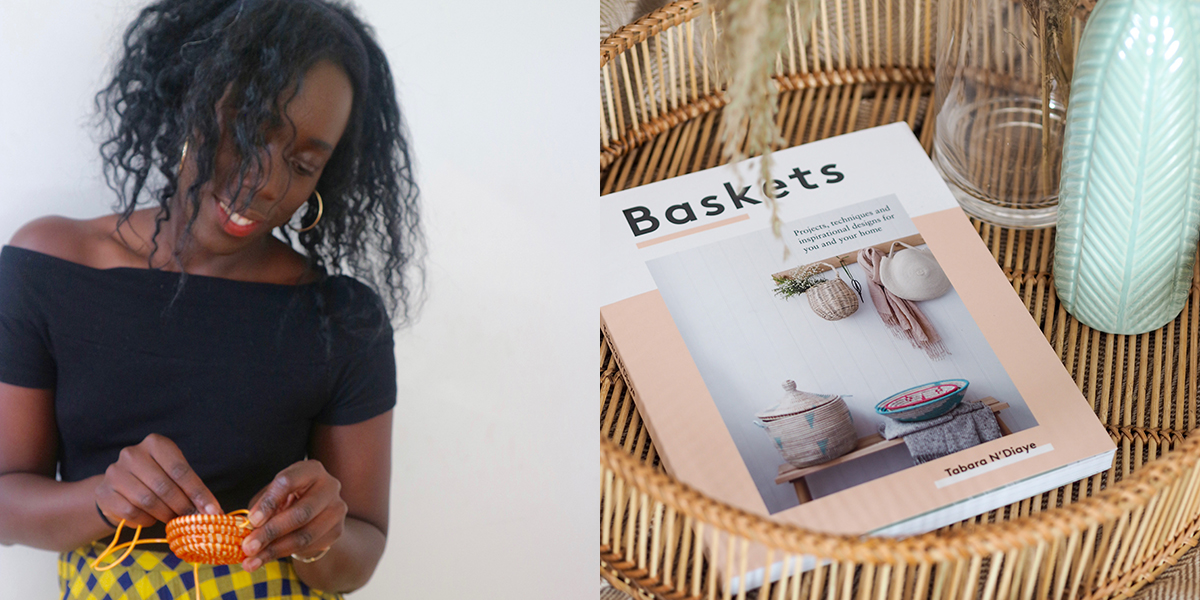On June 9, 2016, the Dutch newspaper Haarlems Dagblad featured a double-page spread interview with Flow’s Astrid and Irene. We were so thrilled that we thought we’d share some extracts from the article with you.
About how it all began
The two journalists wanted to see something different in the world of magazines. “There were already so many magazines out there that resembled each other,” says Irene. “So we ignored all the rules and looked at what we found inspiring, such as beautiful books, for example.” But the women didn’t just want a different design, they also wanted different articles. “Lots of magazines make you believe that you have to change something to be happy. That your own life is not good enough,” says Irene. “‘Ten ways to become slim,’ ‘Five steps to being bikini proof’: these are the kinds of headlines you see on magazine covers. But it’s all nonsense, as they aren’t the things that will make you happy.” Astrid adds: “Everyday life is complicated and hectic enough, and after reading a magazine, I often had the feeling that I had to do more. That I had to go to the movies, or head out to the Nine Streets in Amsterdam [a trendy fashion-shopping area] to buy a designer bag.”
About the changing zeitgeist
“We didn’t want to feel so burdened; we wanted to read that not everything has to be perfect and that we can enjoy the little things in life,” says Astrid. “A homemade apple pie or pumpkin soup,” adds Irene. “These make us happier than an expensive gift. And we also noticed this in society. The zeitgeist had changed. It was time for a magazine where women can find solace. Where the focus is on mindful living, creativity and acceptance. A question many people are asking is: Can you create happiness yourself or should you accept that you’re not happy all the time? Flow is very much the latter. It’s ingrained in our culture that we should strive for the best and most. If you do your best, it will all be fine. But unfortunate moments also make life valuable. If you feel sad, you can embrace it.”
About Flow abroad
Flow went international in 2012. “We received e-mails from women who said they had seen Flow at Schiphol Airport, and would love to be able to read it in English.” And so 50,000 copies of an English version, which was made in Hoofddorp, were circulated worldwide. Now, Flow is sold in twenty countries, including South Africa, Japan, Australia and America. What’s more, the license to the magazine has been bought by publishers in Germany and France, where two separate editorial teams make their own editions. “Last year, I saw a poster for Flow hanging on Place de la Republique in Paris,” says Astrid. “That was so cool. I thought to myself: ‘It can’t get better than this.’”’


